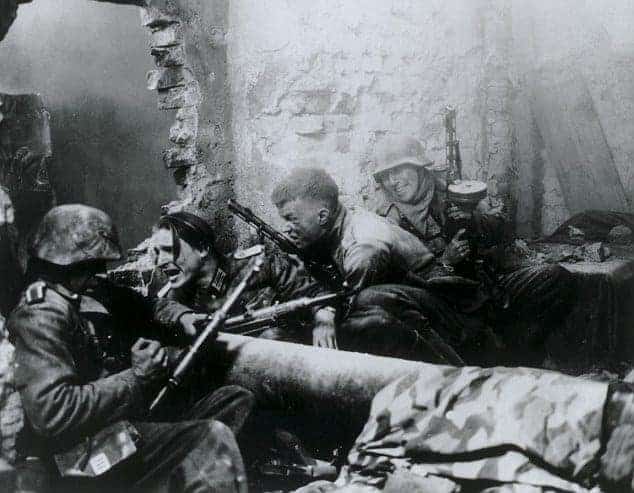“Greater love hath no man than this: to lay down one’s life for his friends.” So says the Bible. And, indeed, in almost every culture since the beginning of time, sacrificing your own life in order that others may live has been regarded as the ultimate act of courage and selflessness. Understandably, it’s an act only few people are ever willing to make. But, over the course of history, some remarkable people have done just this – they have given up their lives in the hope that other people will be able to carry on living.
What’s even more extraordinary and heroic than someone sacrificing their own life in order to save their friends and loved ones is when someone takes the ultimate step to save strangers. And yet, there have been numerous examples of this happening. Sometimes it’s been for reasons of patriotism or for national pride. Sometimes in order to further a cause greater than themselves. And sometimes it’s just been in order to save one single other soul.
Here we salute ten individuals, or small groups of individuals, who sacrificed it all. In some cases, their stories are now the thing of legend. But in other cases, they remain relatively unknown. Whatever their fame and place in the history books, they surely deserve to be remembered for their undeniable bravery:

The Chernobyl Three
On the morning of April 26, 1986, scientists got to work on a new series of tests in Unit 4 of the Chernobyl nuclear power plant in northern Ukraine. Soon after the tests began, things started going wrong. Very wrong. Two explosions rocked through the unit. Two unfortunate engineers were killed instantly. But that was just the start of the problem. More seriously, a fire had started in the light water graphite moderator reactor. Plumes of radioactive smoke were sent into the sky. A further 49 workers quickly fell ill and died over the next few weeks – often enduring slow, agonizing deaths.
The accident meant that more radioactive fallout was sent into the atmosphere than was caused by either of the nuclear bombs dropped on Japan at the end of the Second World War. The damage was massive. But it could have been so much worse. A second explosion could have caused the whole Chernobyl complex to go into full meltdown. Had this happened, experts estimate that nuclear fallout would have spread over half of Western Europe, killing untold numbers as well as destroying land and food crops. Tensions between the Western world and the Soviet Union might have also deteriorated significantly.
Thankfully, a second explosion was avoided, thanks to the three men who have gone down in history as ‘The Chernobyl Three‘ – or, testament to their bravery, as the Chernobyl ‘Suicide Squad’. The story goes that, several weeks after the first explosion, the plant chiefs became seriously worried that radioactive material was traveling in a molten flow towards the huge pool of water under the reactor. If the two came into contact, it would have caused a second steam explosion, potentially destroying Chernobyl’s three other reactors. Someone needed to go into the pool and drain it.
According to most accounts, two plant workers and one soldier stepped forward to take on the job. Undoubtedly, the plant workers – and most likely the soldier, too – would have known that the basement of the reactor was highly radioactive. Even if they could get the job done quickly, they would still be exposed to lethally high doses. In short, it was a true suicide mission, and the Soviet authorities even assured the men that their families would be looked after financially.
Some historians have tried to separate myth from reality. It’s been pointed out that all the men may well have been plant workers who were just unfortunate enough to be on shift at that time rather than actively volunteering for the work. The depth of the water in the cooling pool is also disputed. But what can’t be denied is that, in darkness and in treacherous conditions, the three men put concerns of their own safety to the back of their minds and, after much trying, finally found the correct valves to open and drain the pool.
Since the Soviet authorities were determined to downplay the Chernobyl “accident”, what happened to the three men is also a question of historical debate. It’s believed that none of them actually died in the immediate aftermath of their heroic actions. Even if they didn’t die of radioactive fallout – and many workers did – their heroism is by no means diminished. The three men stepped into the darkness beneath a molten radioactive core and put the good of humanity before their own safety.

